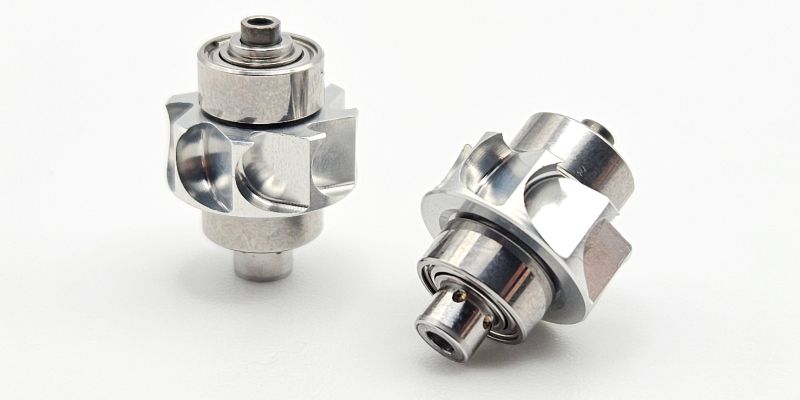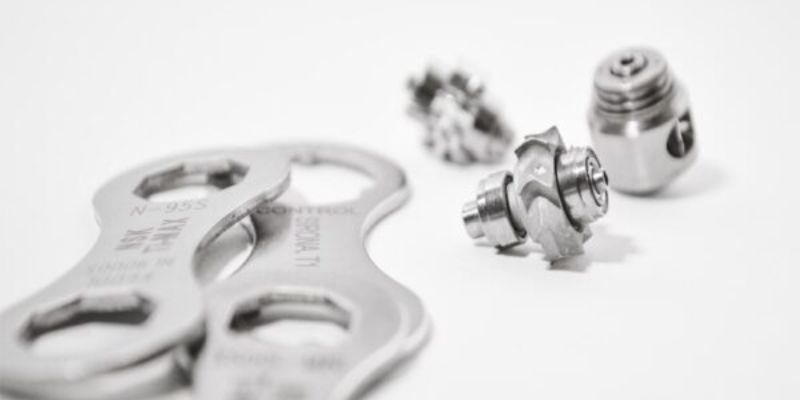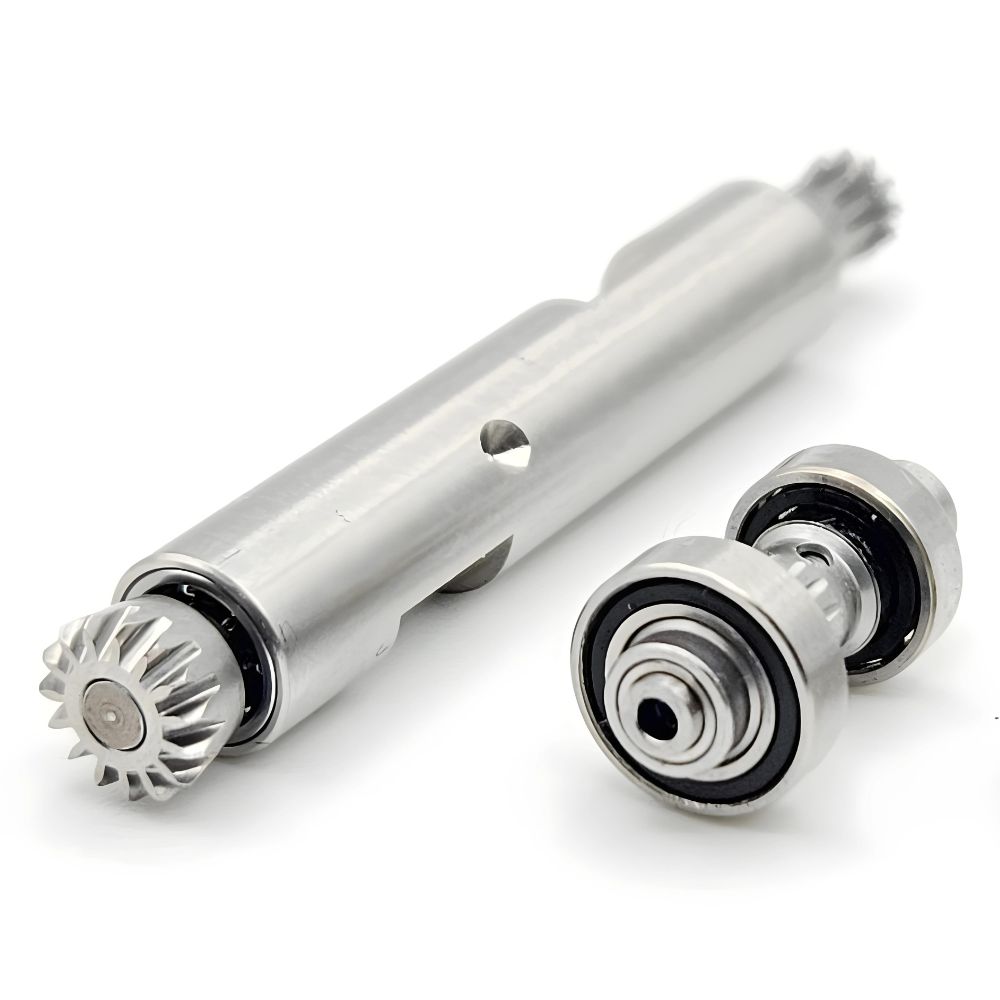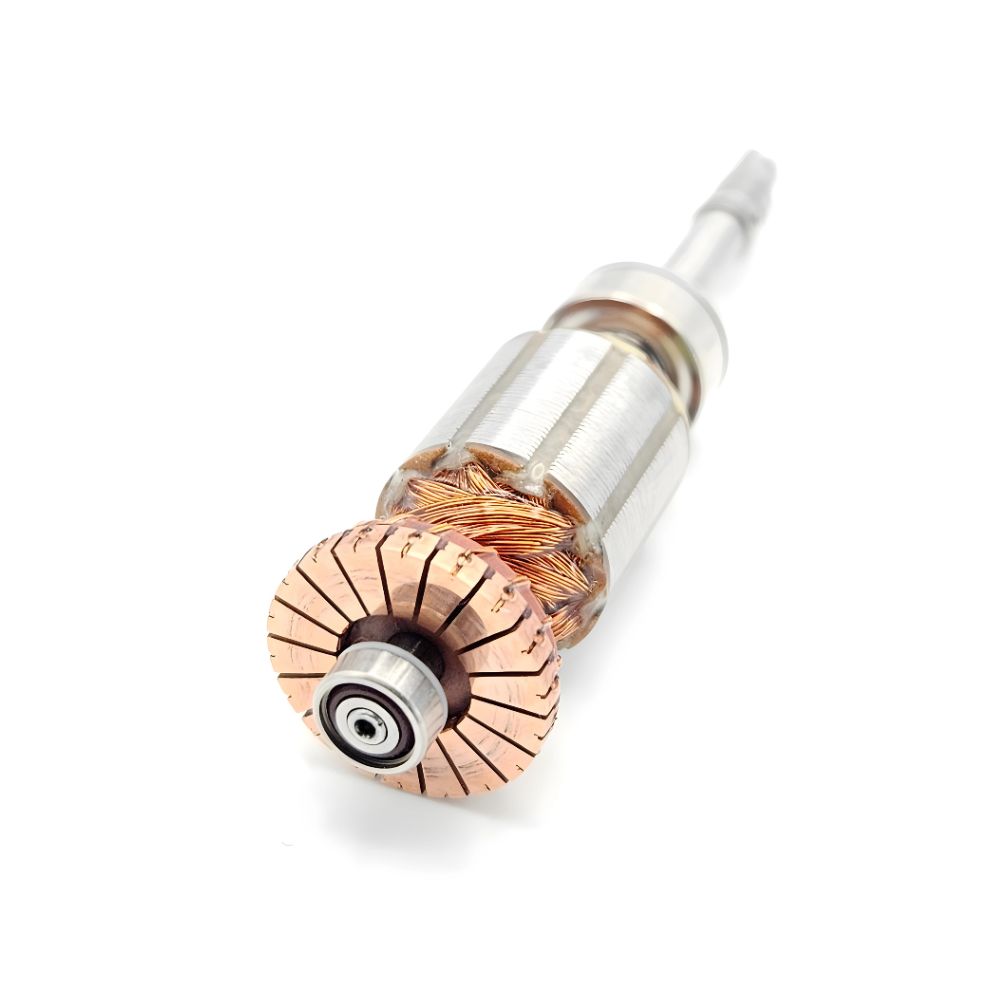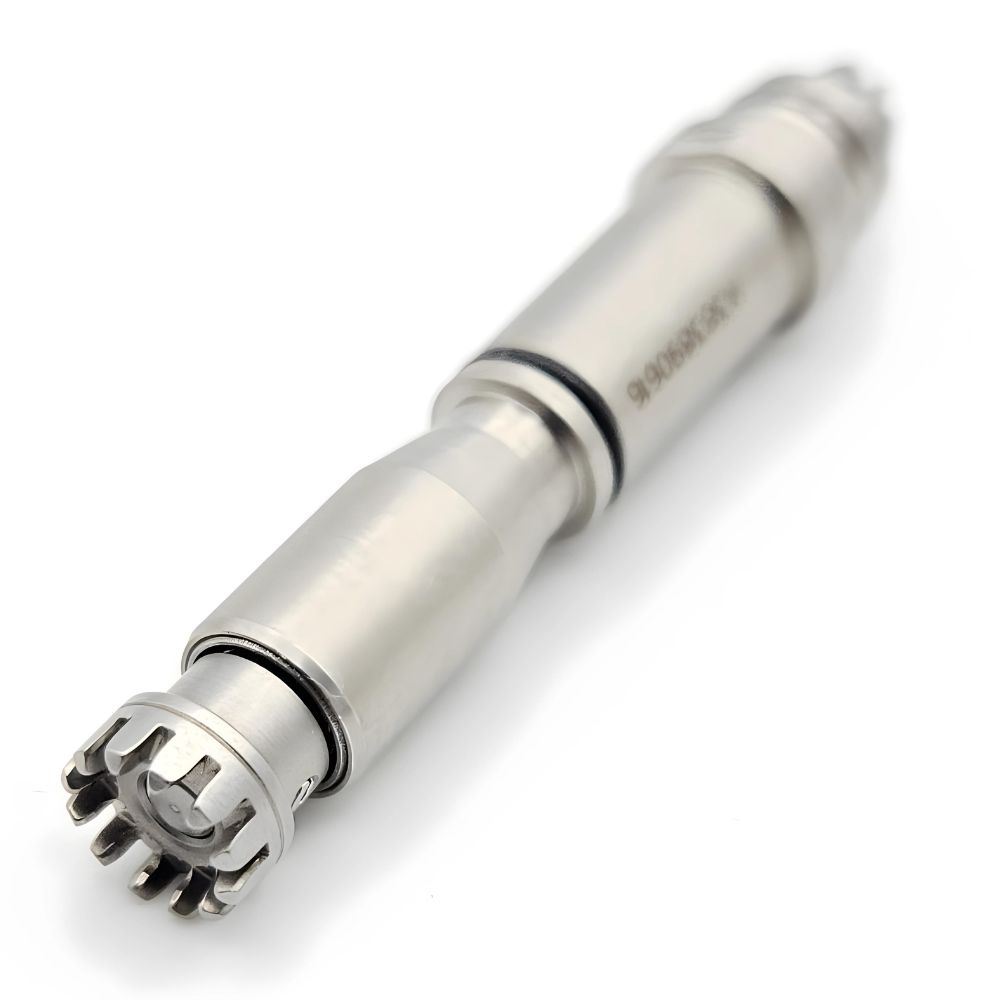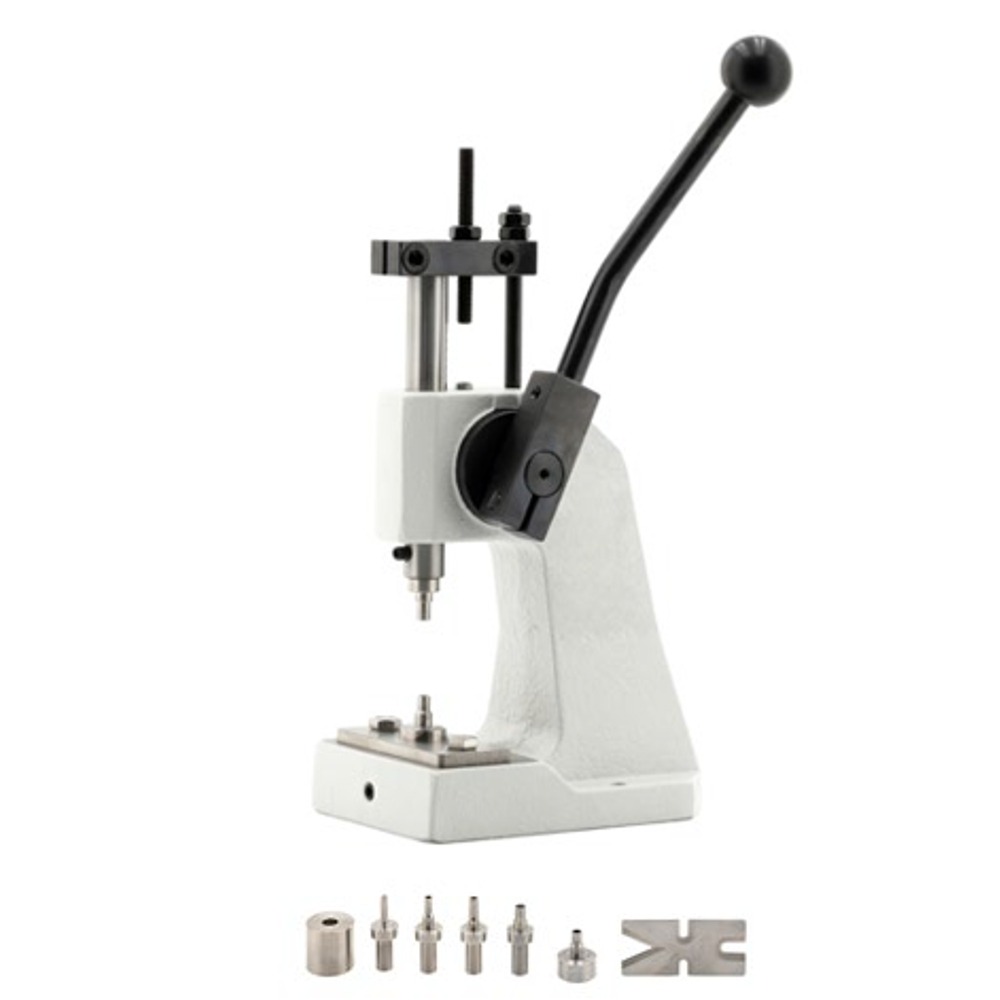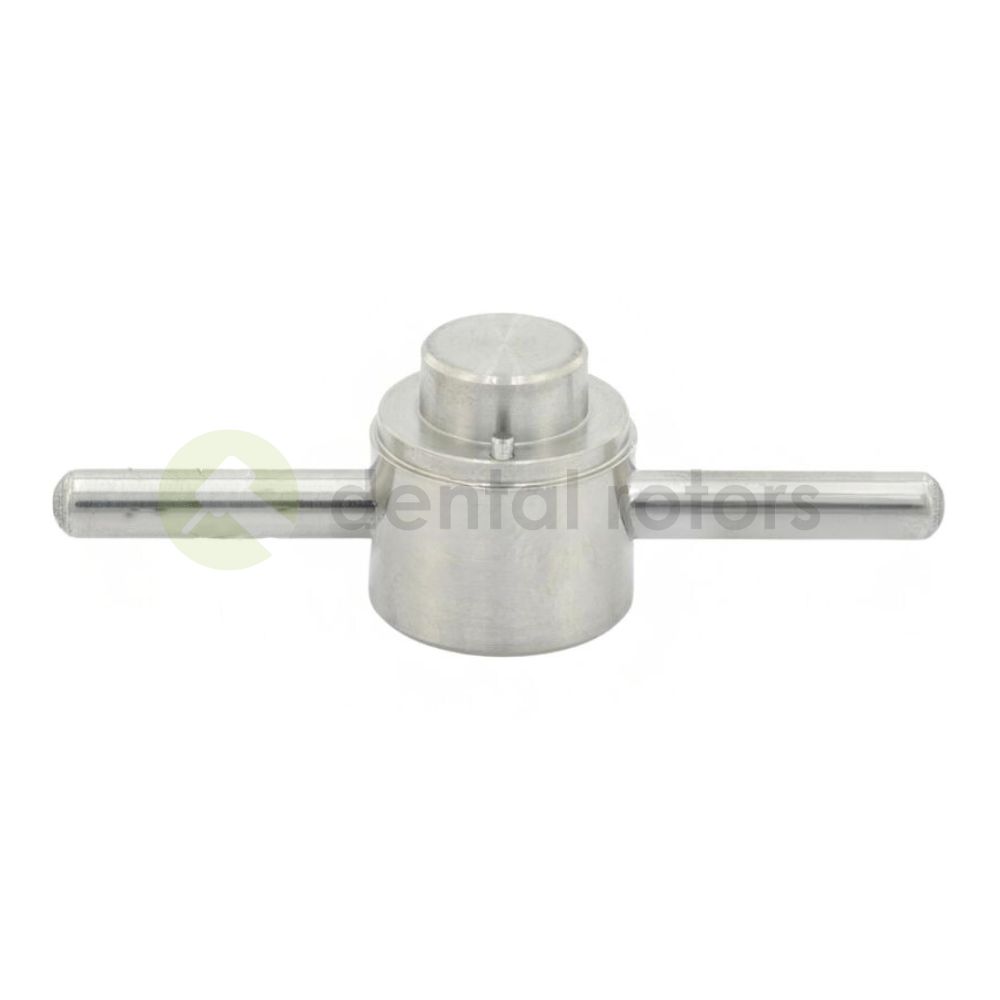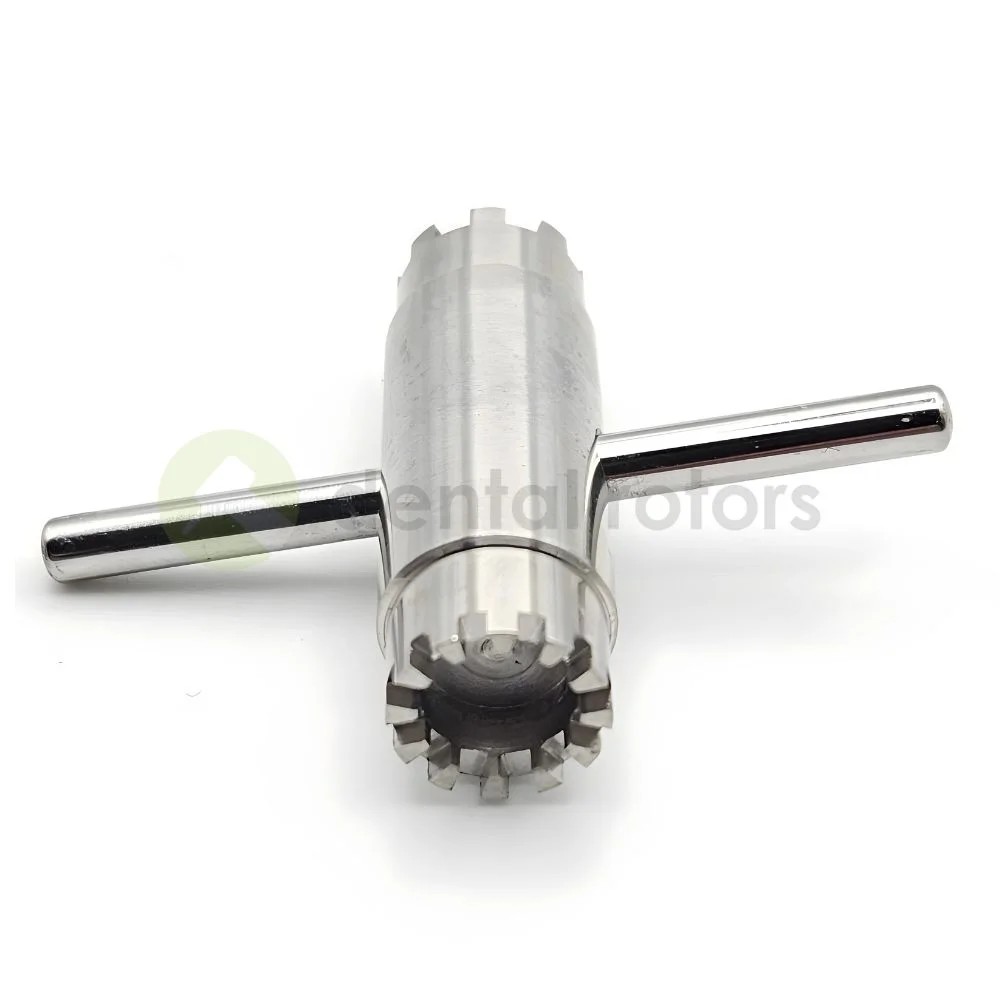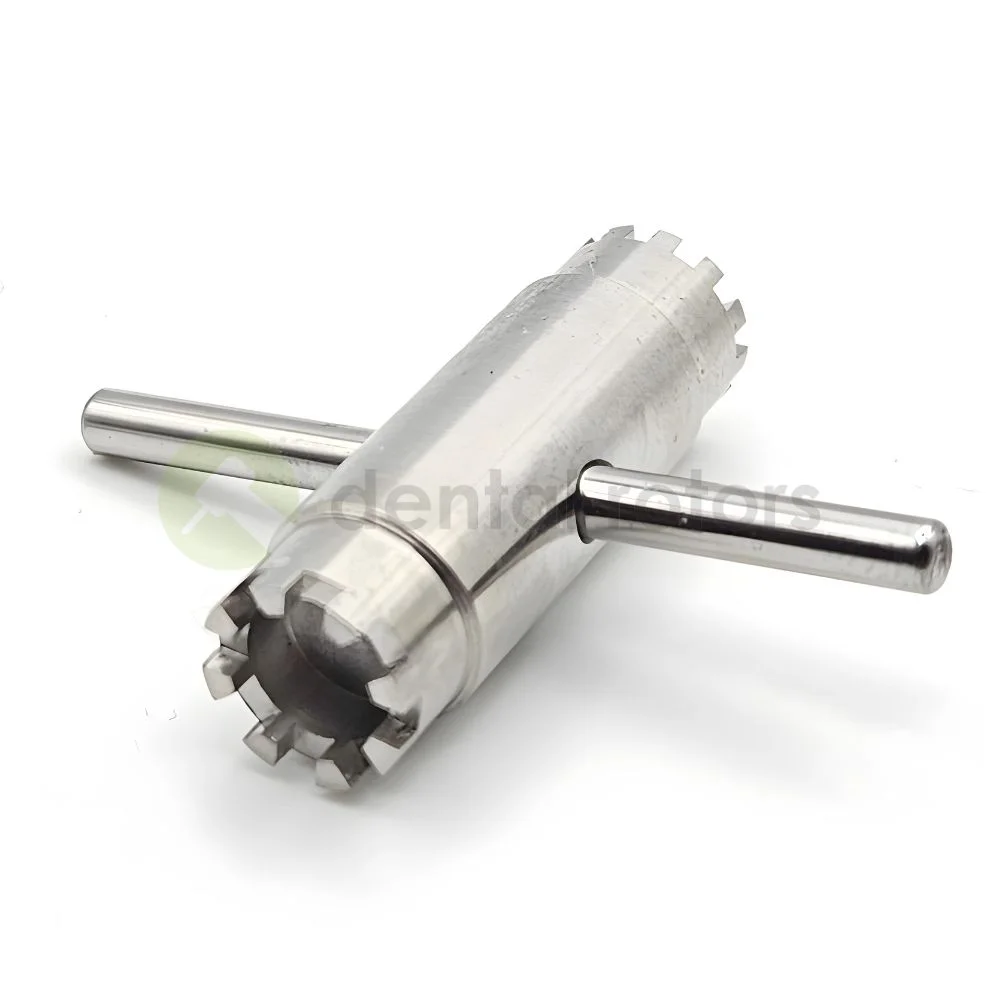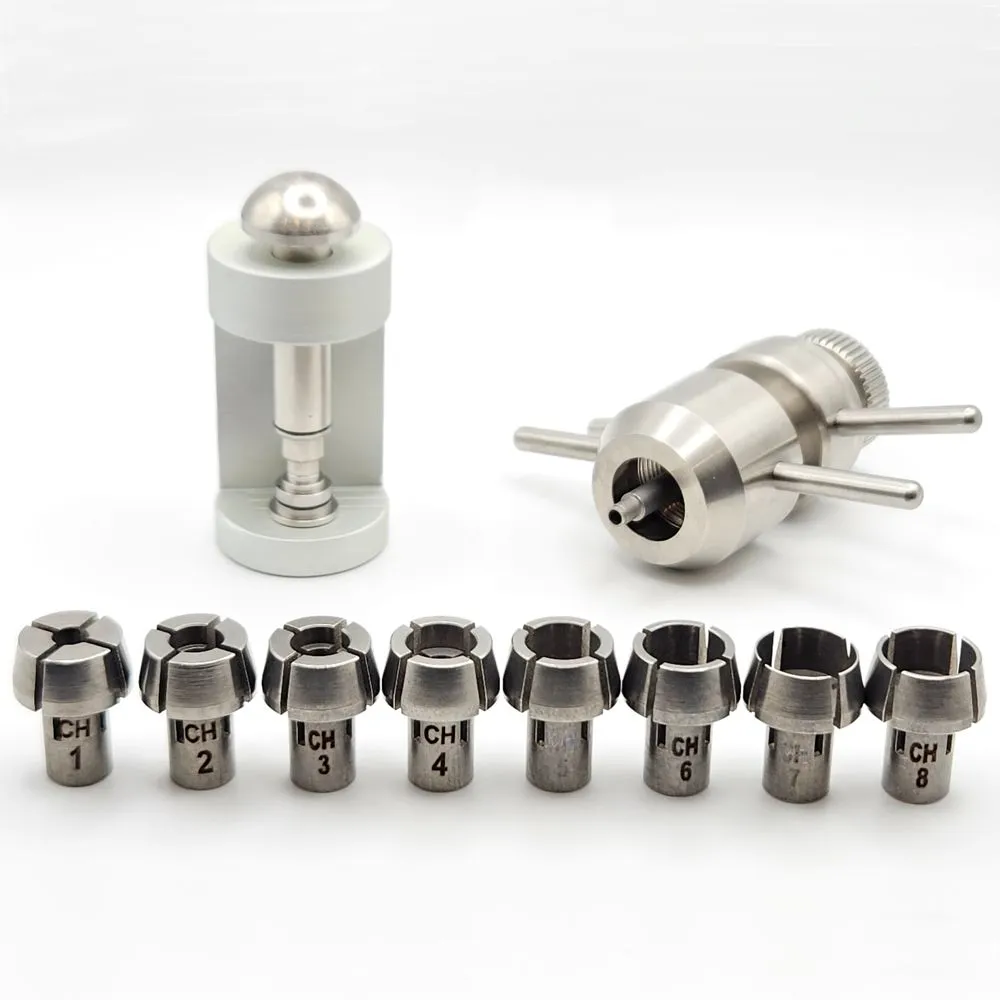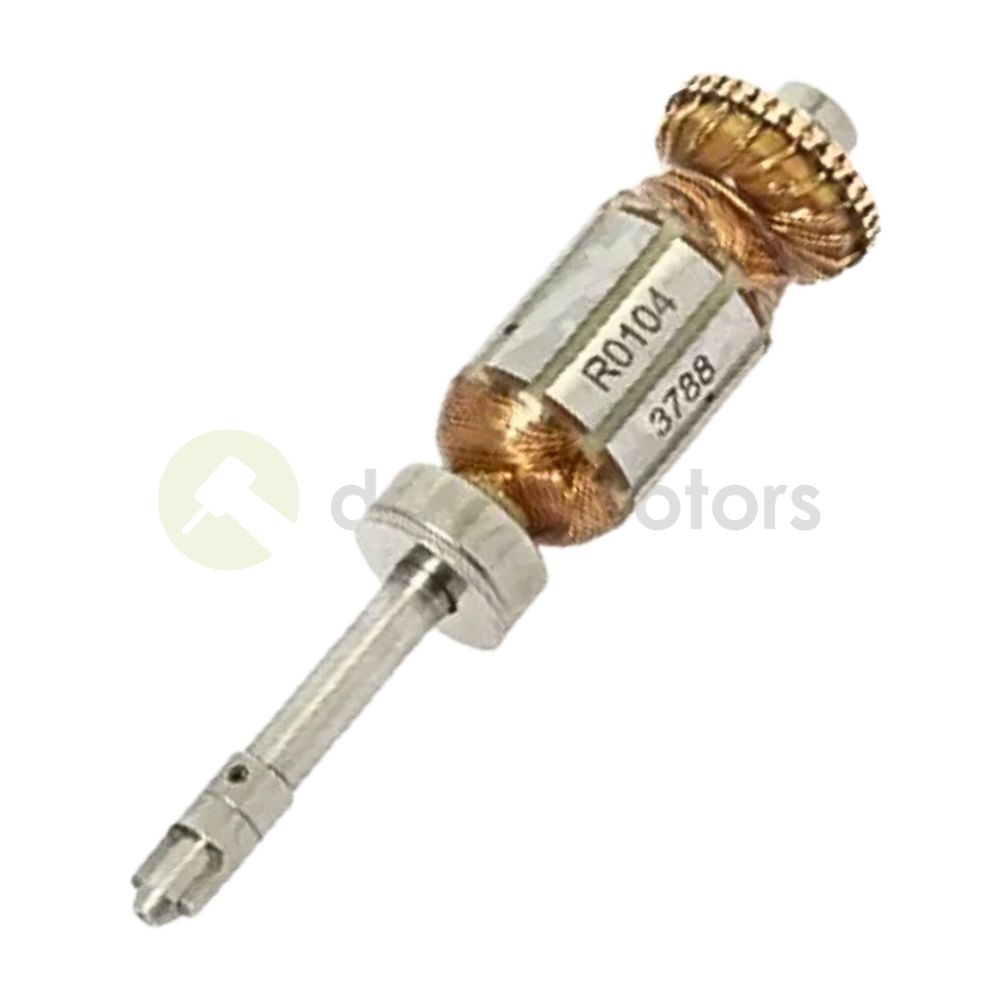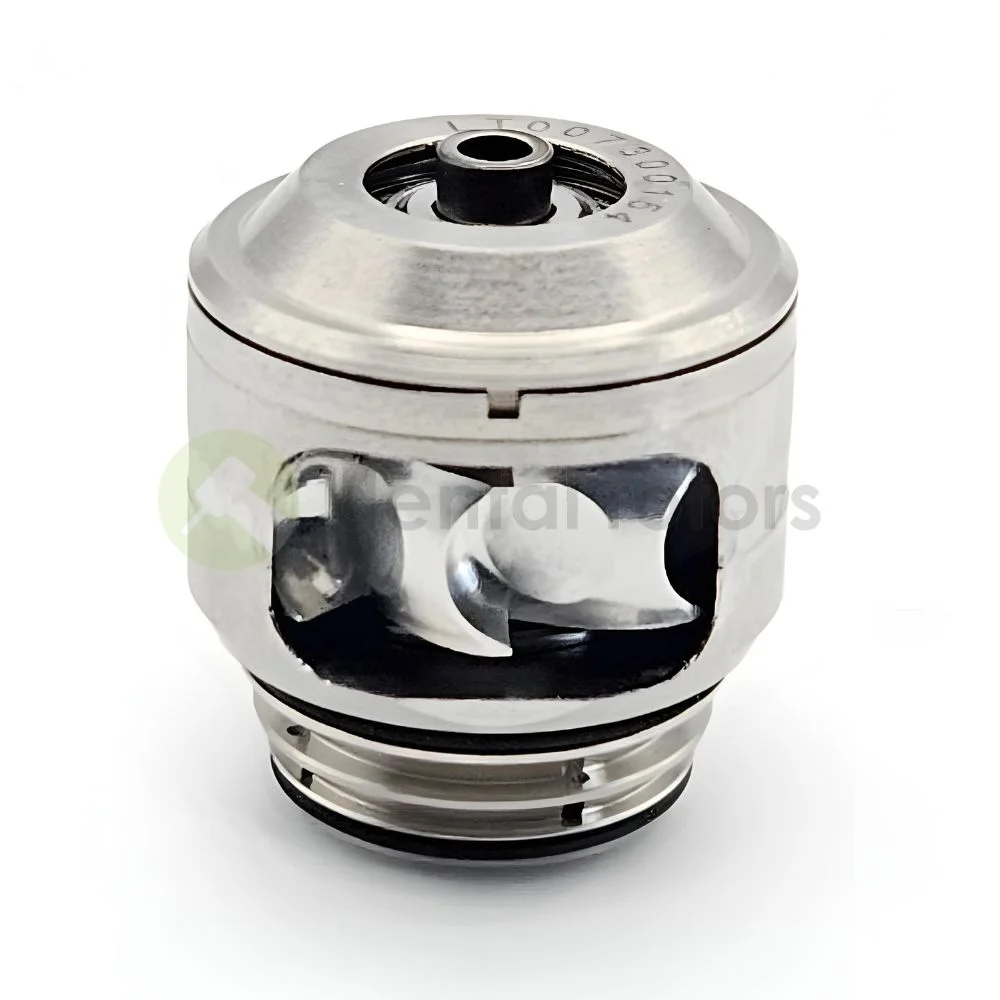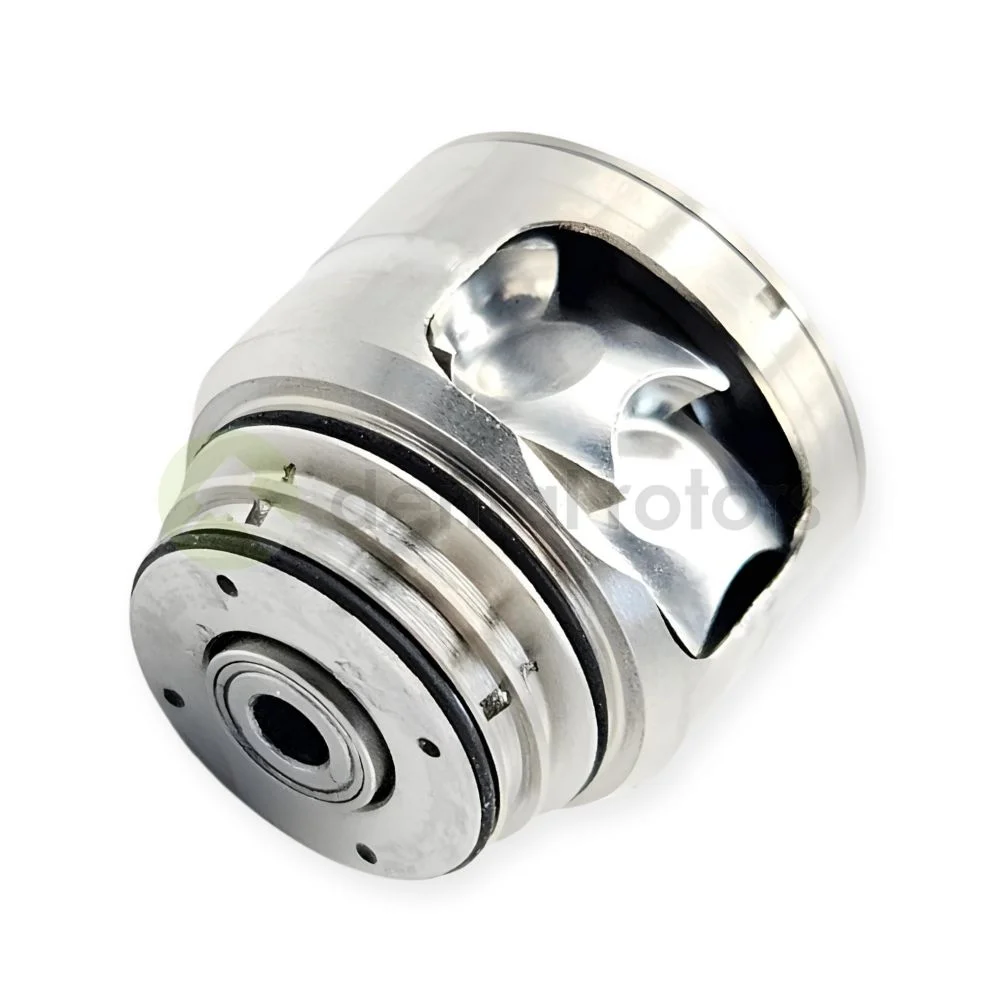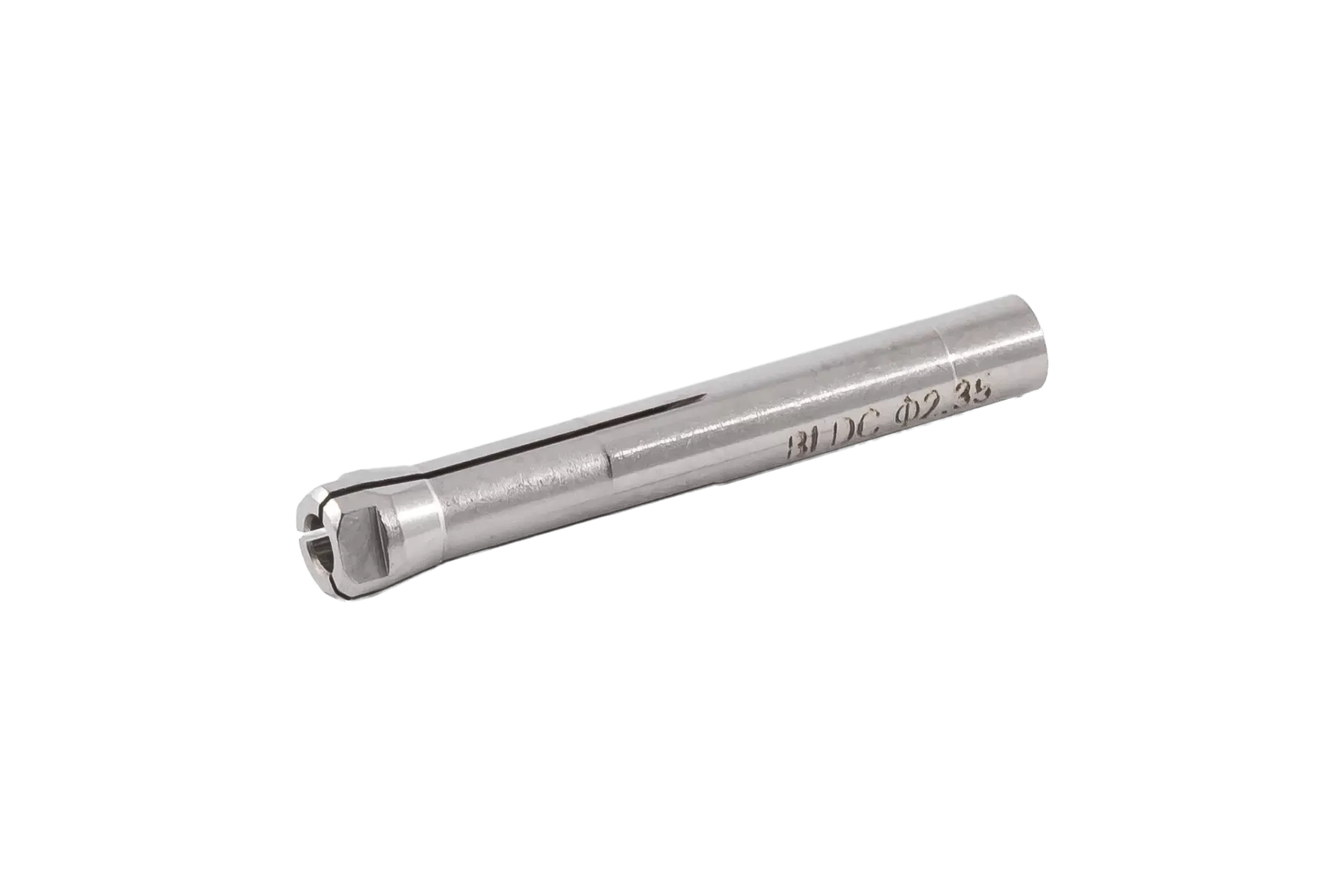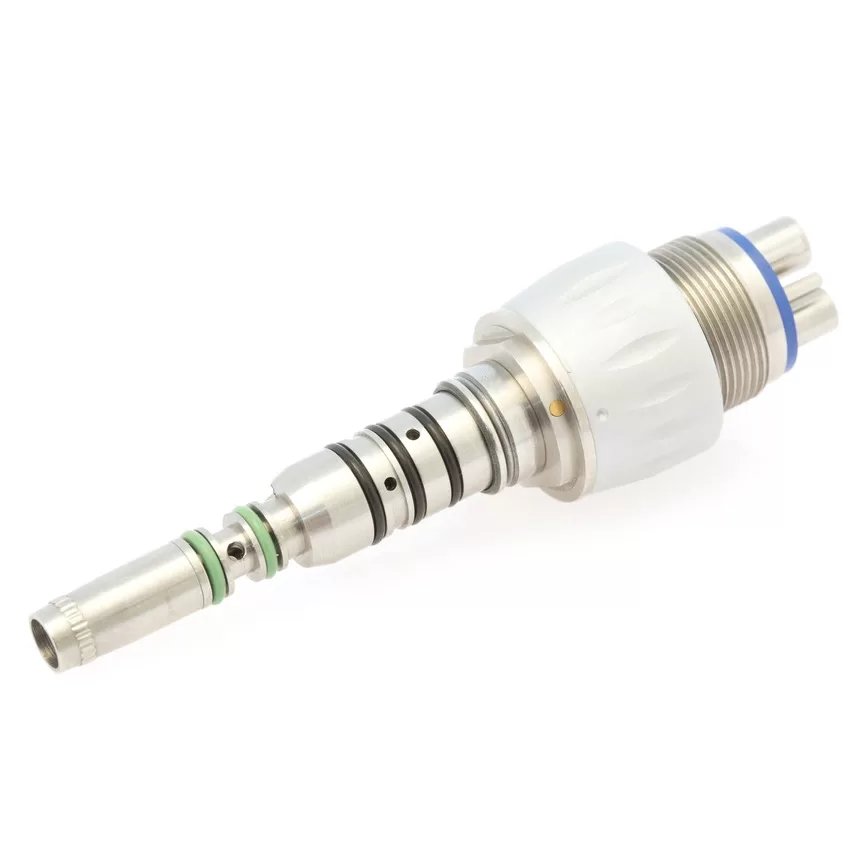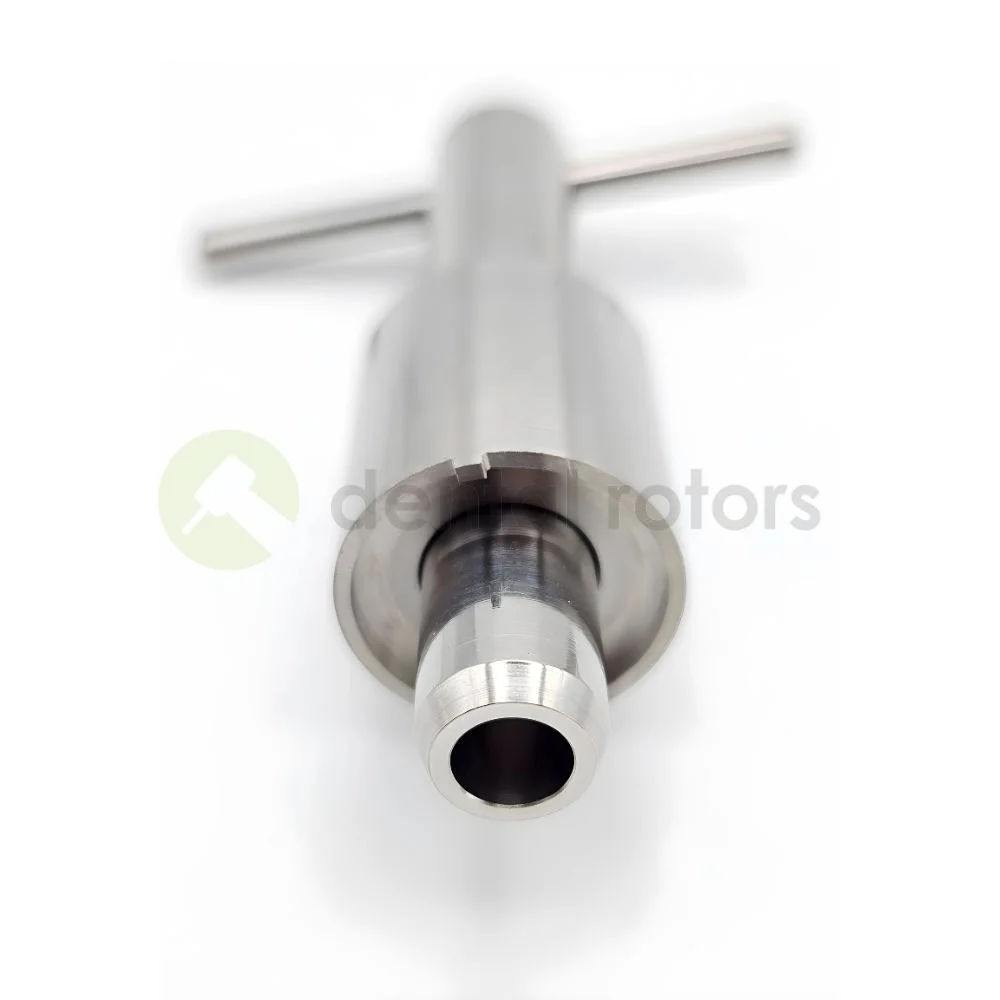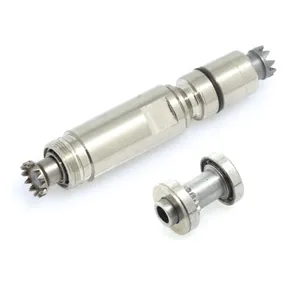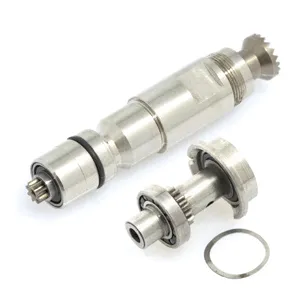Piese de schimb pentru piesa de mână de top
Produse dentare de top vânzări
Produse dentare de top vânzări
KaVo Instrumente de viteză redusă
Rotoare pentru KaVo
Rotoare cu motor micro
Rotoare pentru NSK
Piese de mână
KaVo Cuplaj KaVo
Piese de mână
Unelte cu viteză redusă NSK
Unealtă pentru piuliță de bază - Cheie spate pentru NSK DT-260
Produse dentare de top vânzări
Piese cu viteză redusă pentru W&H
Piese dentare de calitate superioară
Toate piesele noastre de foraj dentar, Piese de contraunghi, iar instrumentele sunt compatibil cu o gamă largă de mărci de piese de mână bine cunoscute în întreaga lume Compania noastră și produsele noastre nu au nicio legătură cu companiile SIRONA, KaVo, BienAir, MkDent, Siemens și NSK.....
Pe site-ul nostru web avem o selecție largă de piese de mână premium, care sunt perfect compatibile cu mărci de renume mondial de piese de mână dentare de mare viteză. Important: produsele nu sunt afiliate cu companii precum SIRONA, BienAir, Siemens, MkDent, NSK și altele. Toate piesele noastre rotative sunt asamblate exclusiv cu calitate germană Premium piesă de mână piese la prețuri accesibile.
Turbine germane pentru piese de mână cu buton de apăsare
Când vine vorba de piese de schimb dentare, calitatea acestor componente este esențială pentru a asigura tratamente dentare fiabile și eficiente. Magazinul nostru online este dedicat furnizării de piese dentare de înaltă calitate piese de schimb dentare care sunt proiectate și fabricate cu meticulozitate, folosind materiale și tehnologii de ultimă generație.
Indiferent dacă aveți nevoie de piese de mână de mare viteză, piese de mână de viteză redusă sau piese de mână de laborator, piesele și instrumentele noastre sunt fabricate pentru a îndeplini cele mai înalte standarde industriale în ceea ce privește durabilitatea, funcționalitatea și estetica. Piesele noastre de schimb proiectate cu precizie se integrează perfect cu structurile dentare existente, asigurând performanțe optime și rezultate de lungă durată. Fiți siguri, piesele noastre de schimb dentare vor dura la fel de mult ca cele originale.
Alegând piesele noastre de schimb dentare de top, profesioniștii din domeniul dentar pot oferi cu încredere îngrijiri excepționale, restabilind sănătatea orală a pacienților și întinerindu-le zâmbetele. Ce categorii de produse puteți găsi pe site-ul nostru? În gama de produse, puteți găsi rotoare dentare și Turbinepiese, cum ar fi butoane de apăsare, angrenaje pentru cap, becuri cu led și xenon, precum și toate instrumentele necesare pentru repararea turbinelor dentare pentru piesele de mână de mare și mică viteză.
Care sunt avantajele rotoarelor dentare de calitate și ale turbinelor cu buton?
Repararea pieselor de mână dentare kiturile de piese, cum ar fi rotoarele/elementele de cap/kiturile sunt potrivite pentru o funcționare confortabilă la o rotație ridicată, fără disconfort și vibrații pentru stomatologi și, de asemenea, pentru pacienți. O altă componentă importantă a burghiu dentar de mare viteză este faptul că rotorul este echilibrat dinamic, ceea ce elimină vibrațiile la rotații la viteze mari și mici. Piesele dvs. de mână cu turație mare și mică vor funcționa lin, fără vibrații și fără zgomote deranjante pentru pacienți, dar și pentru dentiști. Toate kiturile de turbină sunt vândute cu garniturile o-ring și șaibele necesare pentru turbine dentare și contraunghiurile în conformitate cu ghidul de utilizare al producătorului.
Piese de mână dentare Turbine piese
Completul nostru dentară piese pentru turbina piesei de mână sunt asamblate exclusiv cu rulmenți ceramici germani de calitate superioară, care nu se uzează rapid. Întregul pachet de rotoare depășește sistemul de mandrinare standard ISO. Înlocuirea pieselor dentare se poate face de unul singur. Cumpărați Piese de mână pentru prețuri cu ridicata. Distribuitorii sunt bineveniți. Livrare în întreaga lume!

